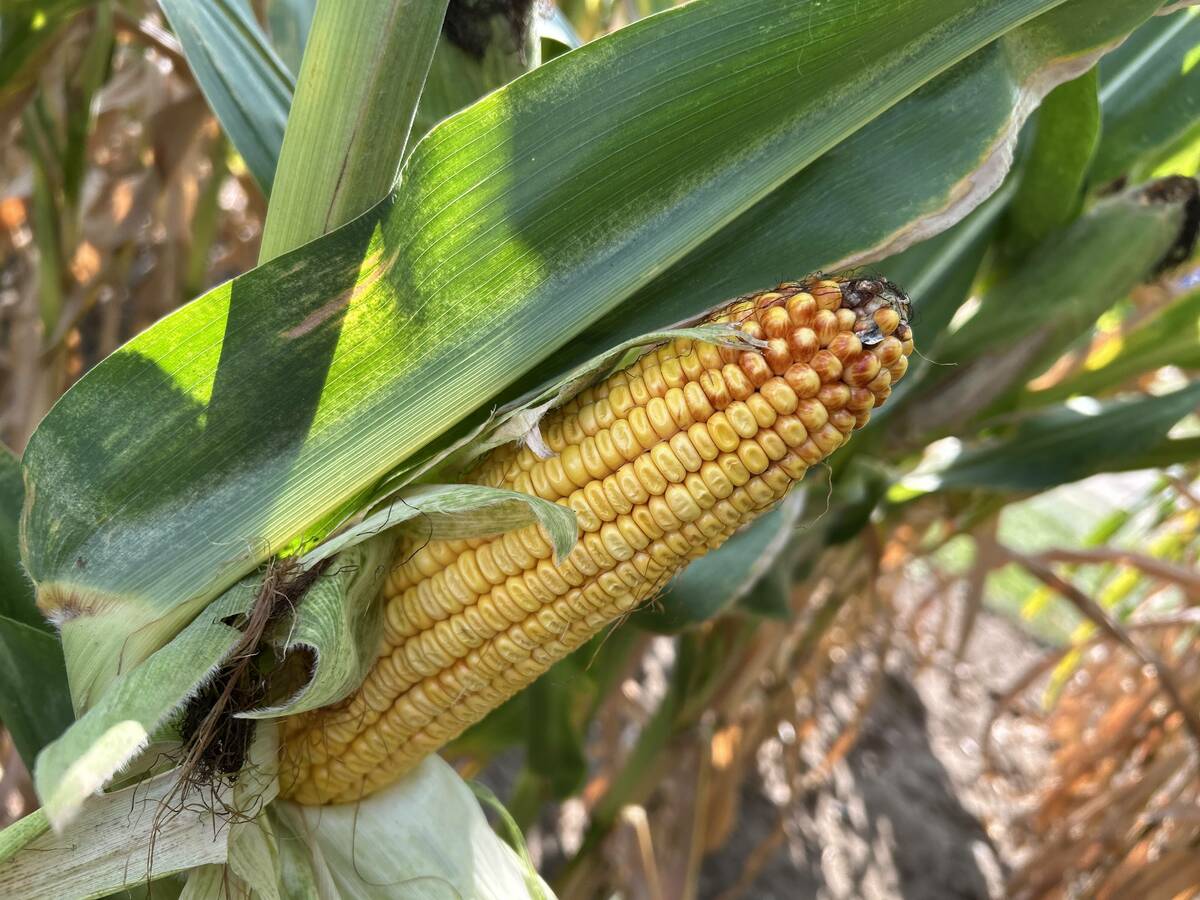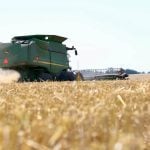Rural use increases 12 percent | Food bank use increases 14 percent in Manitoba but falls slightly in Saskatchewan, Alberta
The federal government regularly brags about Canada’s strong economic performance compared to other nations, but the country’s food banks see a different side of the economy.
When Food Banks Canada did its annual hunger count in March, member food banks reported that more than 882,000 people were helped that month, which was a record number.
In rural Canada, the total was almost 130,000, a 12 percent increase over the previous year.
One of the largest provincial increases came in Manitoba, where food bank use increased 14 percent. There was a small decrease in Sask-atchewan and Alberta as the resource economy booms.
Read Also

Crop estimates show mixed results
Model-based estimates used by Statistics Canada showed the 2025/26 crop year has seen increases in canola, corn for grain, oats and lentils production while seeing dips in spring wheat, durum wheat, soybeans and barley in comparison to 2024/25.
Food Banks Canada executive director Katharine Schmidt told an Oct. 30 Parliament Hill news conference that the growing need for food banks in Canada should be a call to action for governments to tackle the root cause — poverty.
“It is shocking that in a country as prosperous as Canada, hundreds of thousands of children rely on food banks to have enough to eat each month,” she said.
The HungerCount 2012 report, which was released Oct. 30, called for governments to invest in affordable housing, increase benefits for poor seniors and increase social assistance and tax benefits and training for unemployed workers unable to benefit from Employment Insurance.
“Hunger is toxic for those living through it and it is harmful to Canada as a whole,” said the report.
“It reduces the economic contributions of individuals and increases costs related to health care and social services.”
In the House of Commons, human resources minister Diane Finley defended the government’s record in the face of criticism from New Democrat MP Libby Davies, who accused the Conservatives of promoting tax cut policies that help the better off the most.
“We are acting to help those who are struggling, because our heart goes out to them,” said Finley.
“The difference between us and the NDP is we are acting. We brought in the working income tax benefit and increased it. That helps over one million people get over the welfare wall. We brought in the largest increase in the guaranteed income supplement for our poorest of seniors, the largest increase in a generation.”
She said that by voting against Conservative budgets, the NDP opposed all those measures.
Schmidt said rural food banks often face tougher challenges.
“They continue to struggle for a number of reasons,” she told the news conference. “They face greater demand, but their donor base is limited.”
Small town and rural food banks accounted for 38 percent of the total reporting this year, although the rural portion of Canada’s population is closer to 20 percent.
She said food bank use is higher in 2012 than it was before the 2008 recession, even though economists argue that the economy has rebounded and jobs are being created. Part of the reason is that good-paying jobs have been replaced by lower-wage service jobs.
According to the hunger count report, 38 percent of food bank users this year are children.














